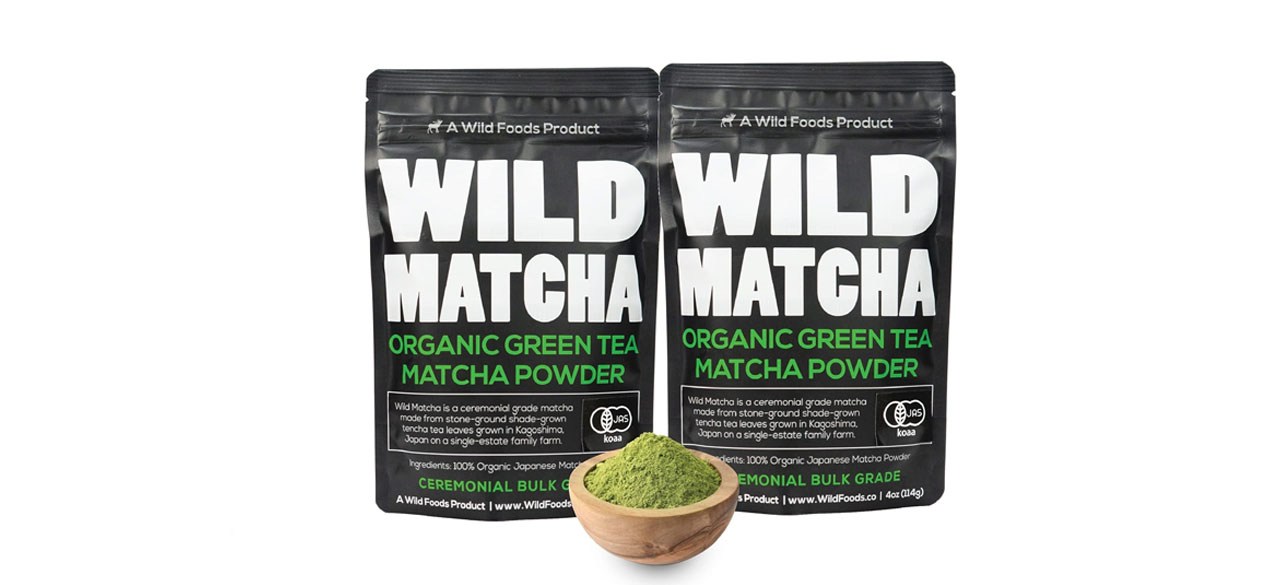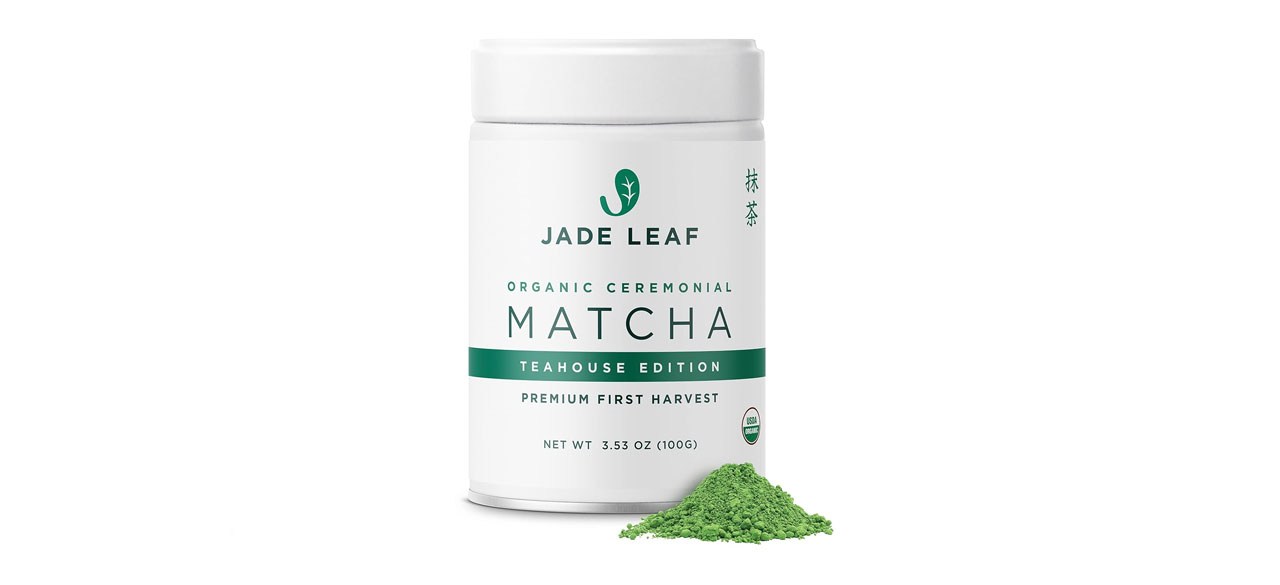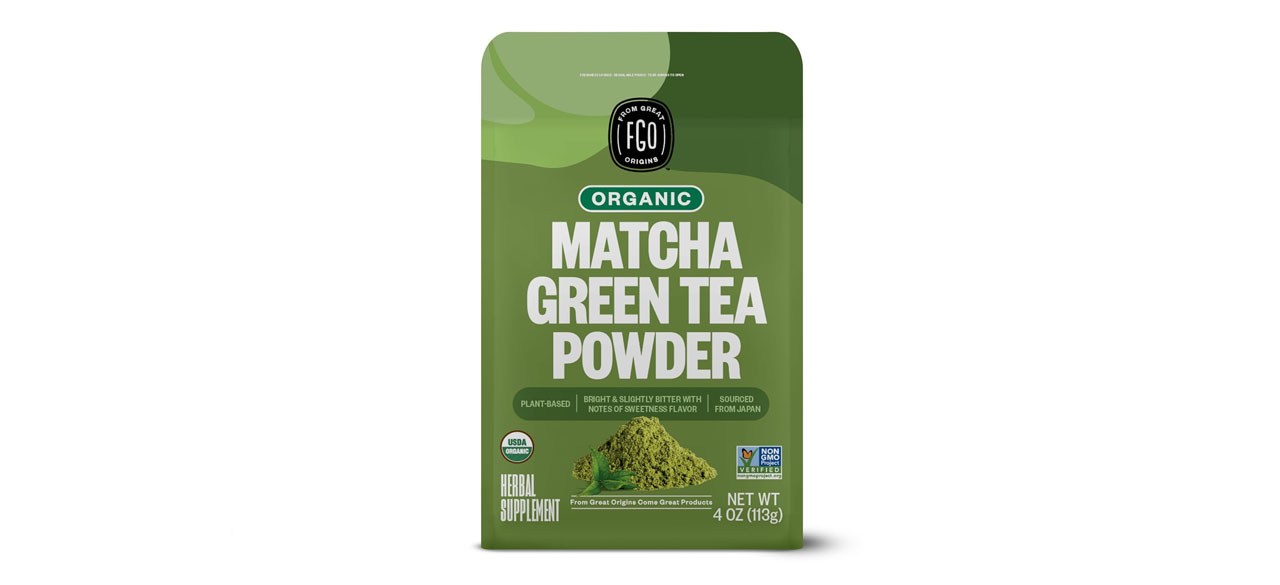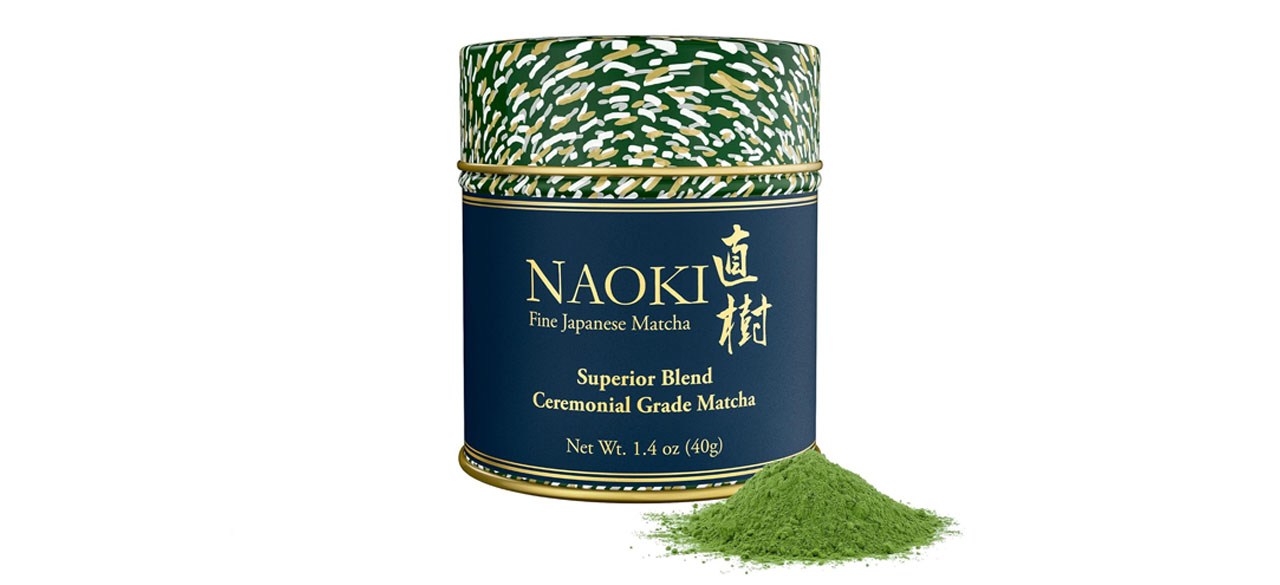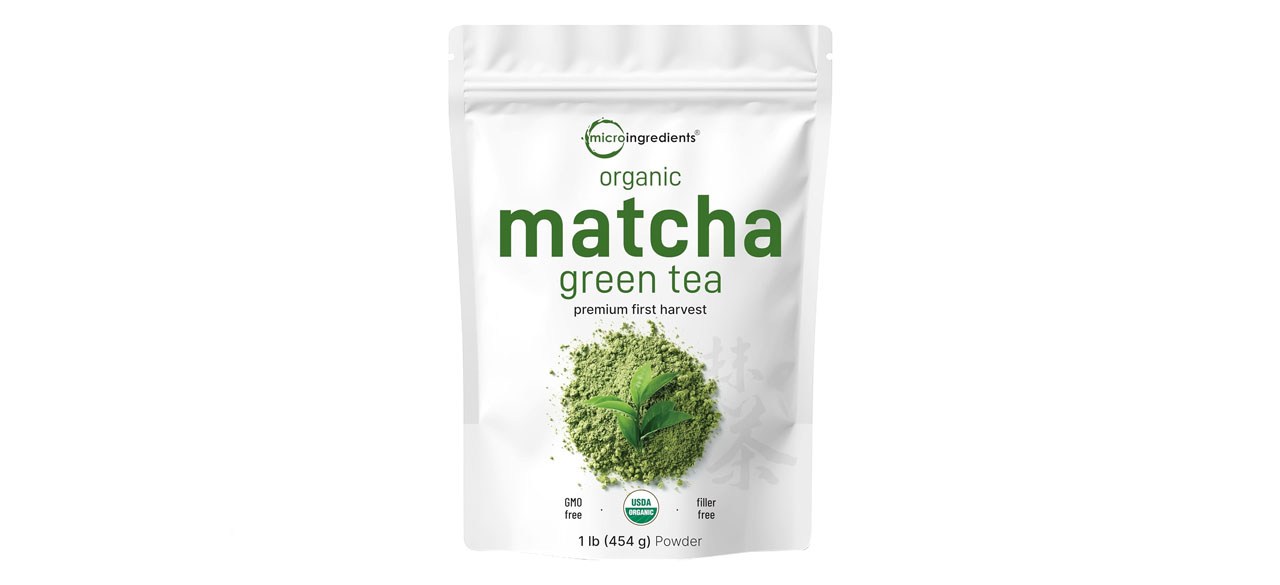What you need to know about matcha tea
Matcha seems to be everywhere these days — in lattes, cakes, smoothies and even beauty products. If you want to try it at home, finding the best matcha teas helps ensure a good experience, because low-quality matcha can taste muddy and bitter.
Learning more about matcha and how to prepare it makes purchasing quality tea more straightforward. Whether you want to whisk it in a bowl the traditional way or add it to your morning smoothies, you’ll soon find the right option to meet your needs.
What is matcha tea?
Matcha tea is a type of green tea made from the young leaves of the tea plant. These leaves are shaded while growing, slightly changing the chemical makeup and resulting in a sweeter flavor.
Once dried, these leaves are ground into a powder to make a fine paste that you mix with water to make tea. Because you drink the ground leaves rather than steeping them in water and straining them out, matcha packs an intense caffeine punch on par with a strong cup of coffee. However, due to the presence of an amino acid compound called L-theanine, it makes you feel alert yet relaxed without the caffeine jitters.
What does matcha taste like?
Matcha has a complex, earthy and grassy flavor, with a hint of nuttiness and sweetness and a savory umami endnote. The best way to discover what matcha tastes like is to try it. While some people enjoy how it tastes, others aren’t keen, and some find it an acquired taste.
How to find quality matcha
You’ll encounter plenty of inferior matcha, so it’s important to learn how to tell what’s good and what’s not. First, ignore any claims such as “premium” or “ceremonial grade,” as these have no legal definition. Matcha with these labels doesn’t mean it’s bad, but they don’t mean it’s good, either, so look at other factors instead.
The following can all be indicators of quality matcha but aren’t guarantees. Matcha with at least a few of these features will likely be of good quality. You should also consider the price and be suspicious of cheap matcha.
- Grown in Japan: Matcha sourced from Japan is much more likely to be grown according to traditional growing and harvesting techniques. Anything grown outside of Japan is likely to be powdered green tea rather than true matcha.
- Stone-ground: Traditionally, green tea leaves are stone-ground to turn them into powder and quality matcha sticks to this technique. Steel-ground matcha is subjected to more heat from friction and loses some important compounds, which affects the overall quality.
- First-harvest: Matcha made using leaves from the first harvest has a mellower and richer flavor than second-harvest matcha. If you intend to drink matcha made with just water, always opt for first-harvest, while second-harvest is fine for baking and matcha lattes.
How to prepare matcha tea the traditional way
Sift matcha into a tea bowl
Measure 1 teaspoon of matcha powder into a tea bowl to make a thin tea or 2 teaspoons to make a thick “koicha” tea. You can use a small fine mesh strainer to sift out any lumps, but this isn’t an essential step.
Add water
For thin matcha, add 2 ounces of hot water, just off the boil. Or, for thick matcha, add just 1 ounce.
Whisk
Using a tea whisk, vigorously mix the matcha powder and water in a zigzag or M-shaped motion.
Drink
Once the powder and water are fully combined and free from lumps, it’s ready to drink.
How to prepare matcha tea the simple way
Mix matcha and water
Measure 1 to 2 teaspoons of matcha powder into a mug. If you’re not yet sure how strong you like your matcha, you’ll need to experiment. Add a few drops of near-boiling water and mix with a teaspoon to form a thick paste.
Add more water
Add around 6 ounces of near-boiling water to the paste and stir well to combine.
Drink
You can now enjoy your matcha tea while it’s still hot.
Other ways to consume matcha
If you’re not sure about regular matcha tea or simply want more ways to enjoy matcha, these are some other ways to consume it.
- Lattes: Matcha lattes are made from matcha powder mixed with hot dairy or nondairy milk and usually with sugar or another sweetener added.
- Smoothies: You can add a teaspoon or two of matcha powder to a smoothie for a caffeine boost.
- Baked goods: Matcha works well in cakes, cookies, frosting and more.
Best matcha teas
Wild Matcha Organic Matcha Green Tea Powder
This quality option is shade-grown according to Japanese matcha practices and stone-ground to preserve compounds and nutrients. It’s made in small batches using tea grown on a single-family farm in Japan.
Jade Leaf Organic Teahouse Edition Matcha Powder
This matcha is made from nothing but shade-grown, first-harvest Japanese green tea leaves. It has a rich yet mellow flavor profile and a silky smooth texture.
FGO Organic Matcha Green Tea Powder
Made using Japanese shade-grown organic tea leaves, this is a solid choice for baking and making lattes. However, the flavor isn’t delicate enough for making traditional tea.
Naoki Matcha Superior Ceremonial Blend
The tea leaves used to make this powder are grown in Uji in Kyoto, using traditional matcha methods. It’s sweet and mellow without much bitterness, making it great for people new to this tea.
Micro Ingredients Organic Matcha Green Tea Powder
Not only is this tea USDA certified, but it’s also safety tested to ensure it’s free from heavy metals. While it’s made from first-harvest leaves, it’s only culinary grade, so it’s best for baking, lattes and smoothies.
Prices listed reflect time and date of publication and are subject to change.
Check out our Daily Deals for the best products at the best prices and sign up here to receive the BestReviews weekly newsletter full of shopping inspo and sales.
BestReviews spends thousands of hours researching, analyzing and testing products to recommend the best picks for most consumers. BestReviews and its newspaper partners may earn a commission if you purchase a product through one of our links.
Distributed by Tribune Content Agency, LLC.



